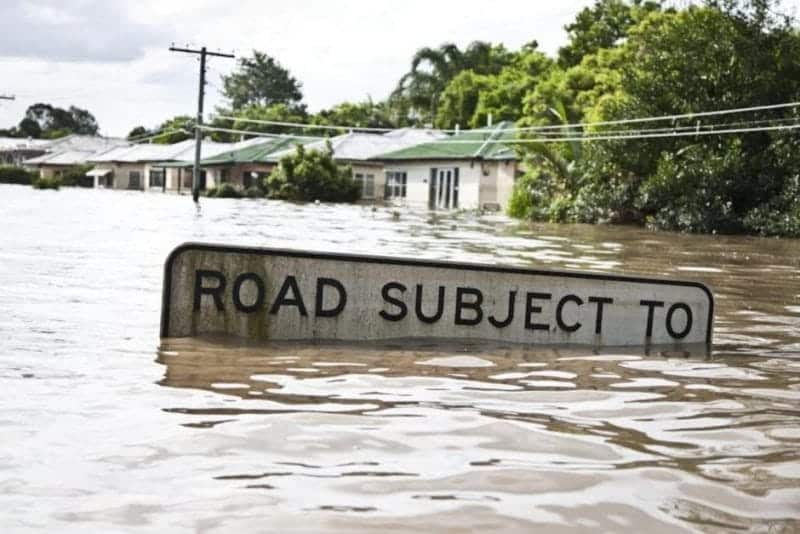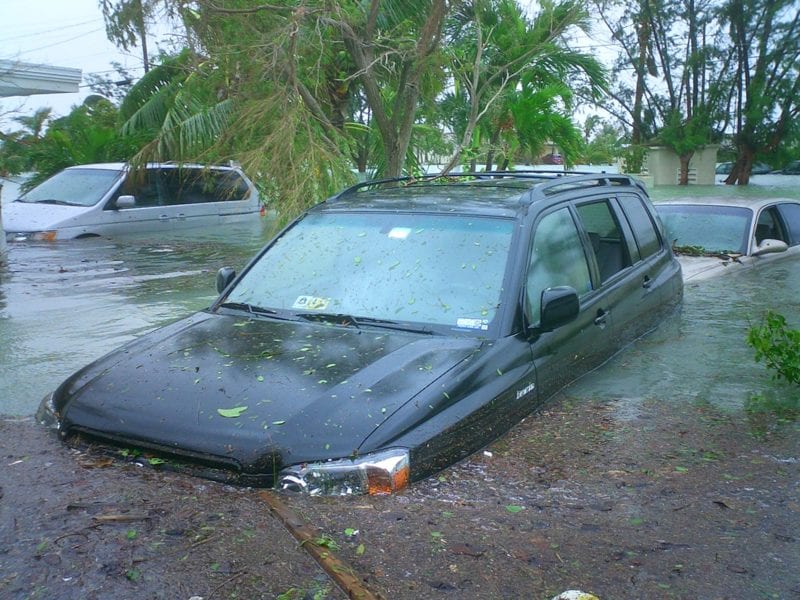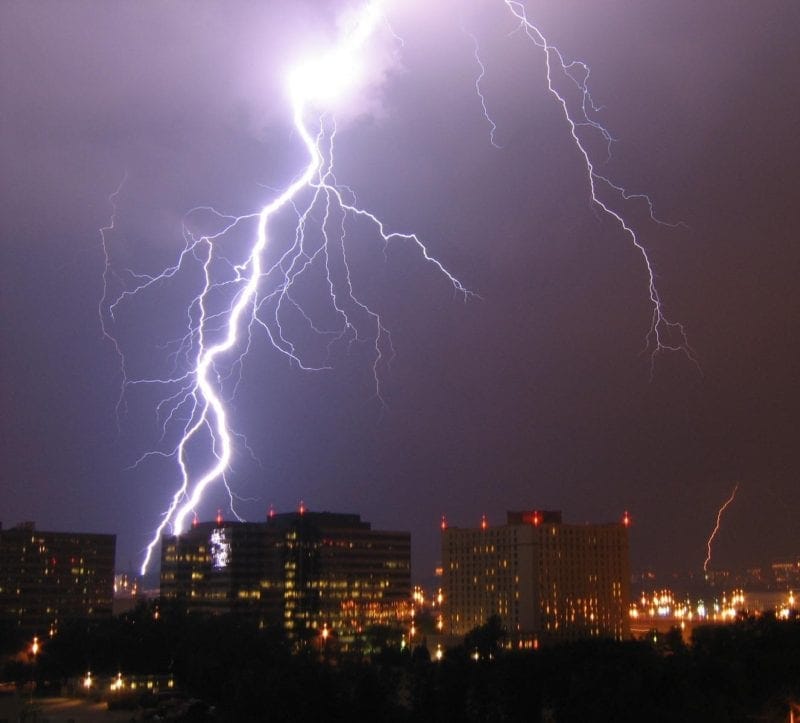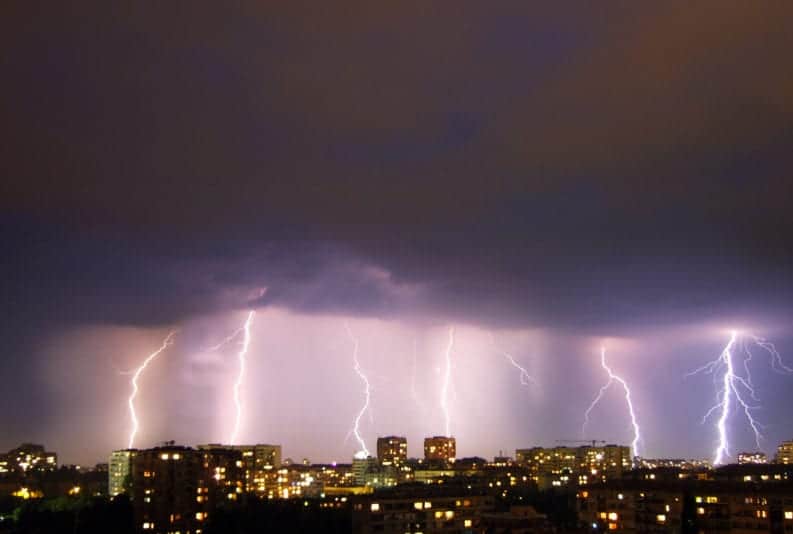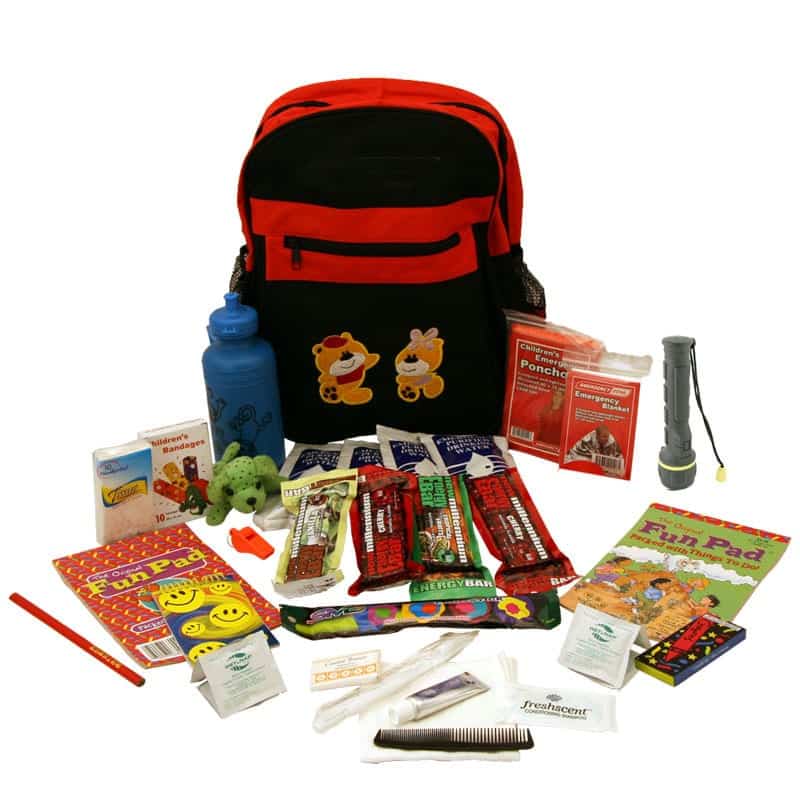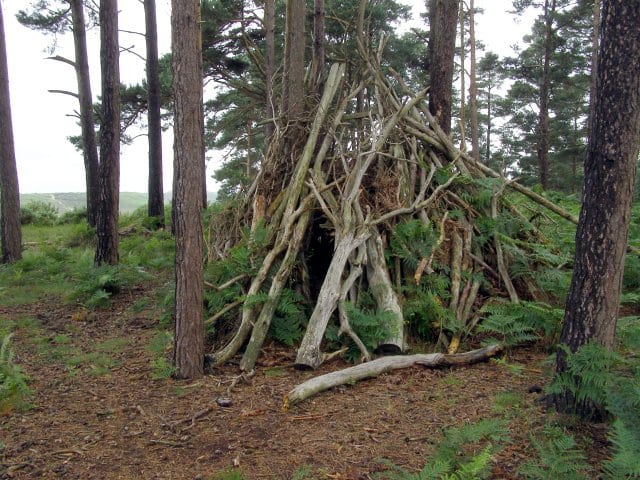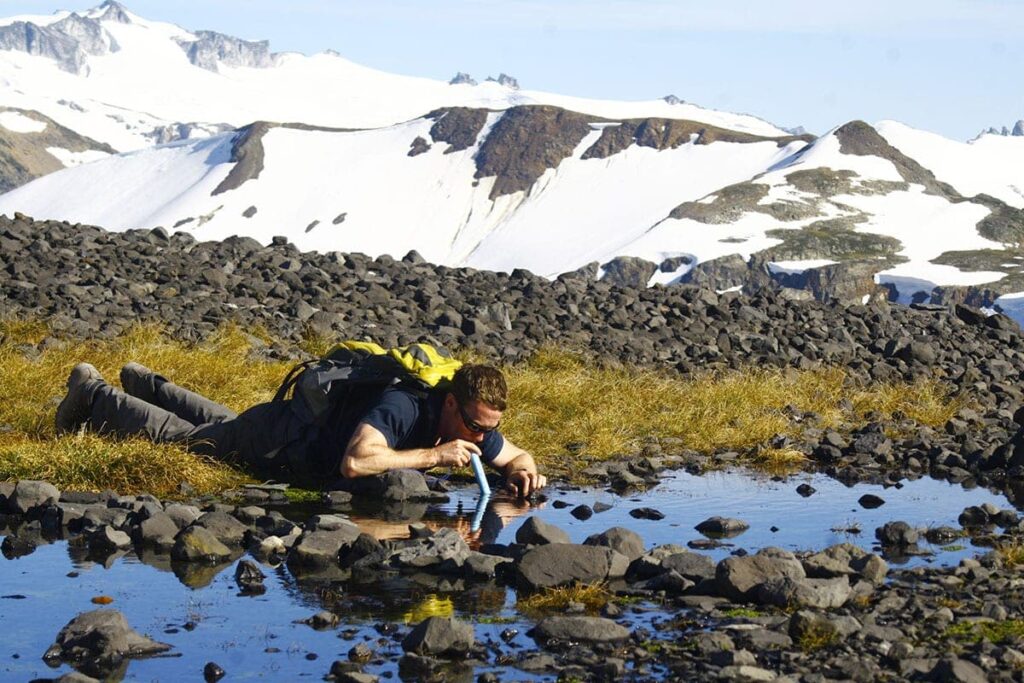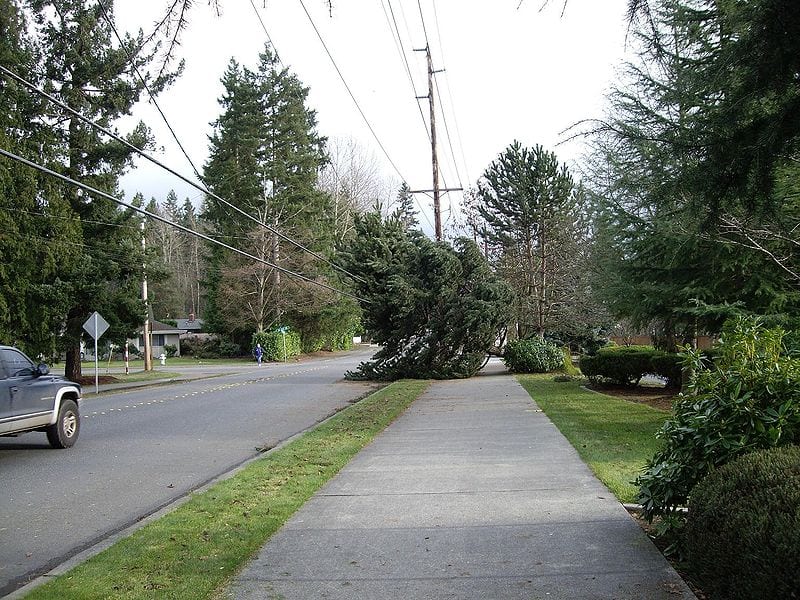How to Prepare for Summer’s Severe Weather: Wind

Strong winds are a risk that accompany many types of weather. Sometimes, they play a role in big storms or low pressure systems and fronts, and sometimes they seem to solo as their own type of weather.
If you’re regularly aware of the weather forecast in your area, you’ll be more prepared for windy days—whether it’s small gusts or big storms, so the first step is to listen into the daily or weekly forecast and catch the warnings that will pre-date any wind gusts worth worrying about. Usually, if there’s a wind warning, it means that gusts will be blowing at 60km/hour, at the very least!
Once you know that wind is coming, you can get yourself prepared. Here are a few tips:
- Strong winds can cause property damage. So if anything on your property is not rooted or bolted to the ground in some way, it’s a good idea to move it inside. This includes outdoor furniture, trampolines, garbage cans, your vehicles, and kids’ toys.
- Any loose item turns into a potential (and dangerous) projectile in strong winds. If you are driving, go extra slow and proceed with extreme caution. Keep your eyes peeled.
- If you are outside, try to get inside as quickly as possible. Keep an eye out for falling trees or branches that have broken off and have been caught up by the wind.
- If you have pets or livestock, it’s safest for them indoors as well.
- After the winds die down, it’s wise to check your property for damage that could cause further danger down the road.
- If strong winds are paired with heavy rain, visibility is even worse so it’s even more imperative that you stay indoors.
- If the wind is during a hot and dry season, there’s a higher risk of the spread of wildfire. So always follow proper precautions when dealing with cigarettes, matches and campfires.
- High winds can also knock down power lines so it’s wise to be prepared to keep yourself warm and fed and hydrated without electricity. Why not have a camp stove like our Folding Stove on hand, and bring a little fun to your emergency situation?
If you have other tips for wind safety, please send them our way! We’d love to hear from you in our comment section.
And please, stay tuned for more tips on emergency preparedness. Next, we’ll be talking about tornadoes!
Article contributed by Sophie Wooding – Avid gardener and cyclist in Victoria, BC and Content Writer for Frontier.io


